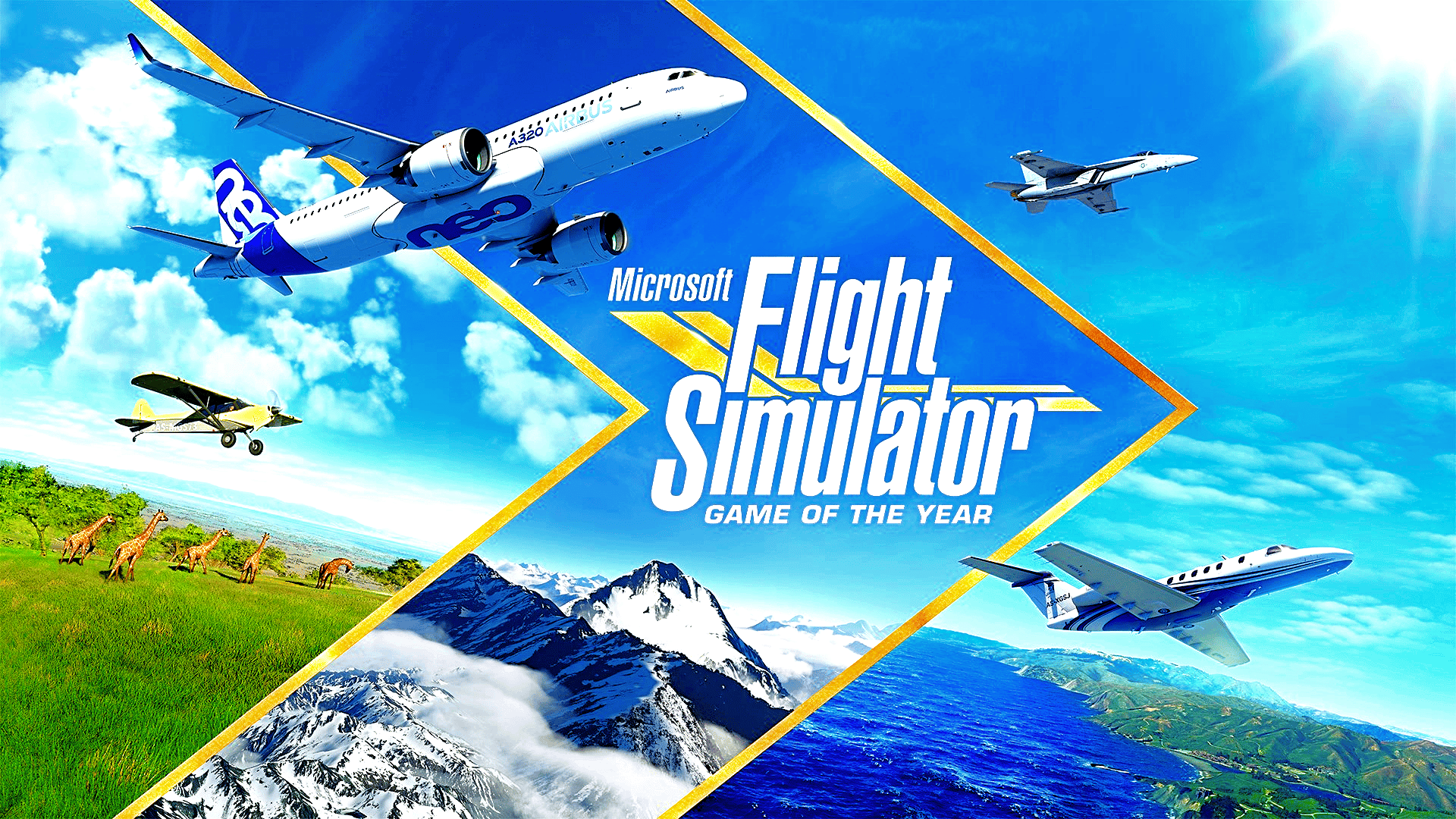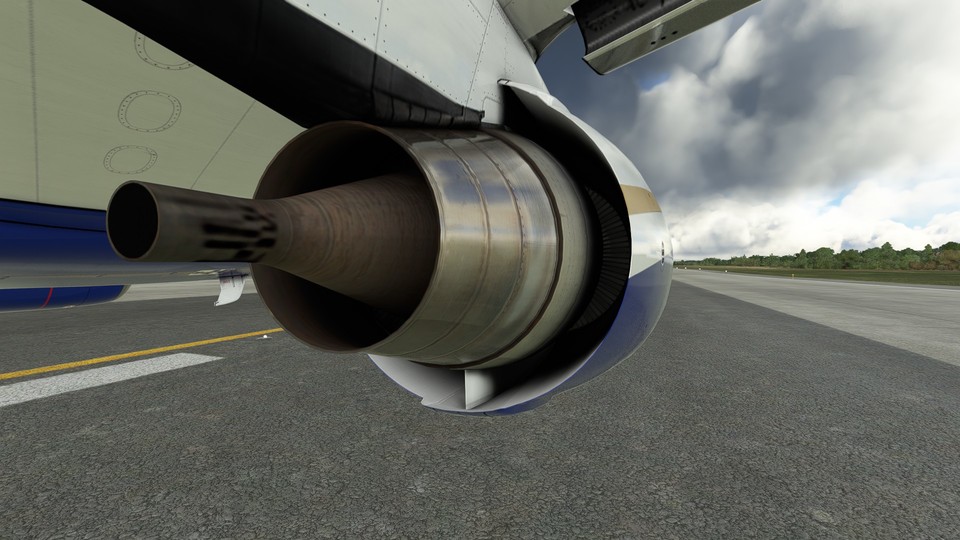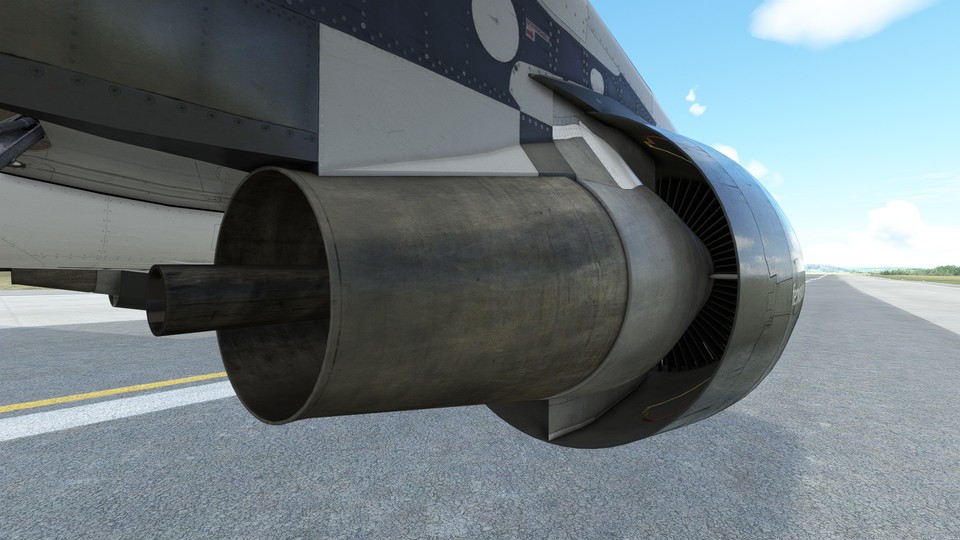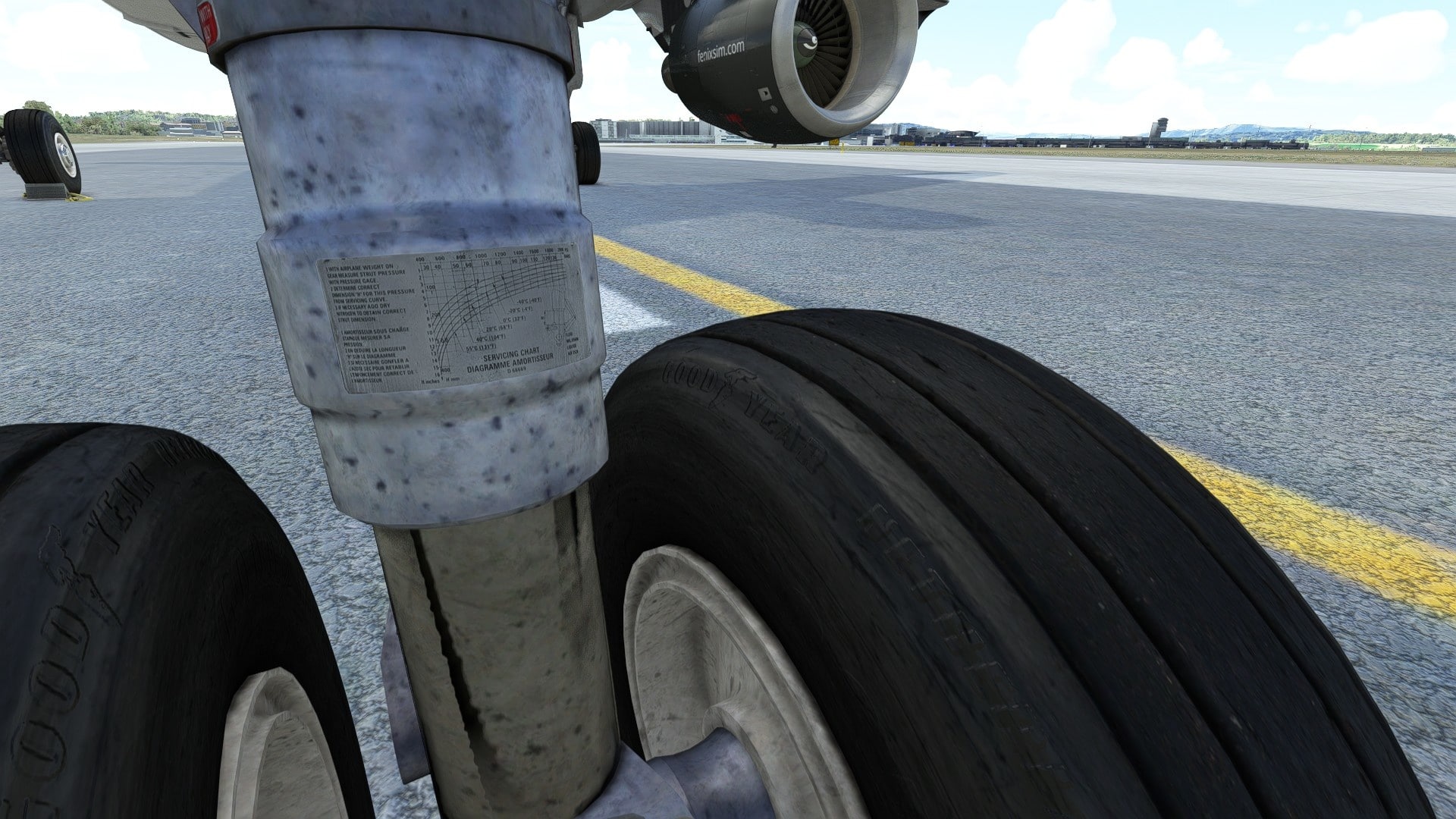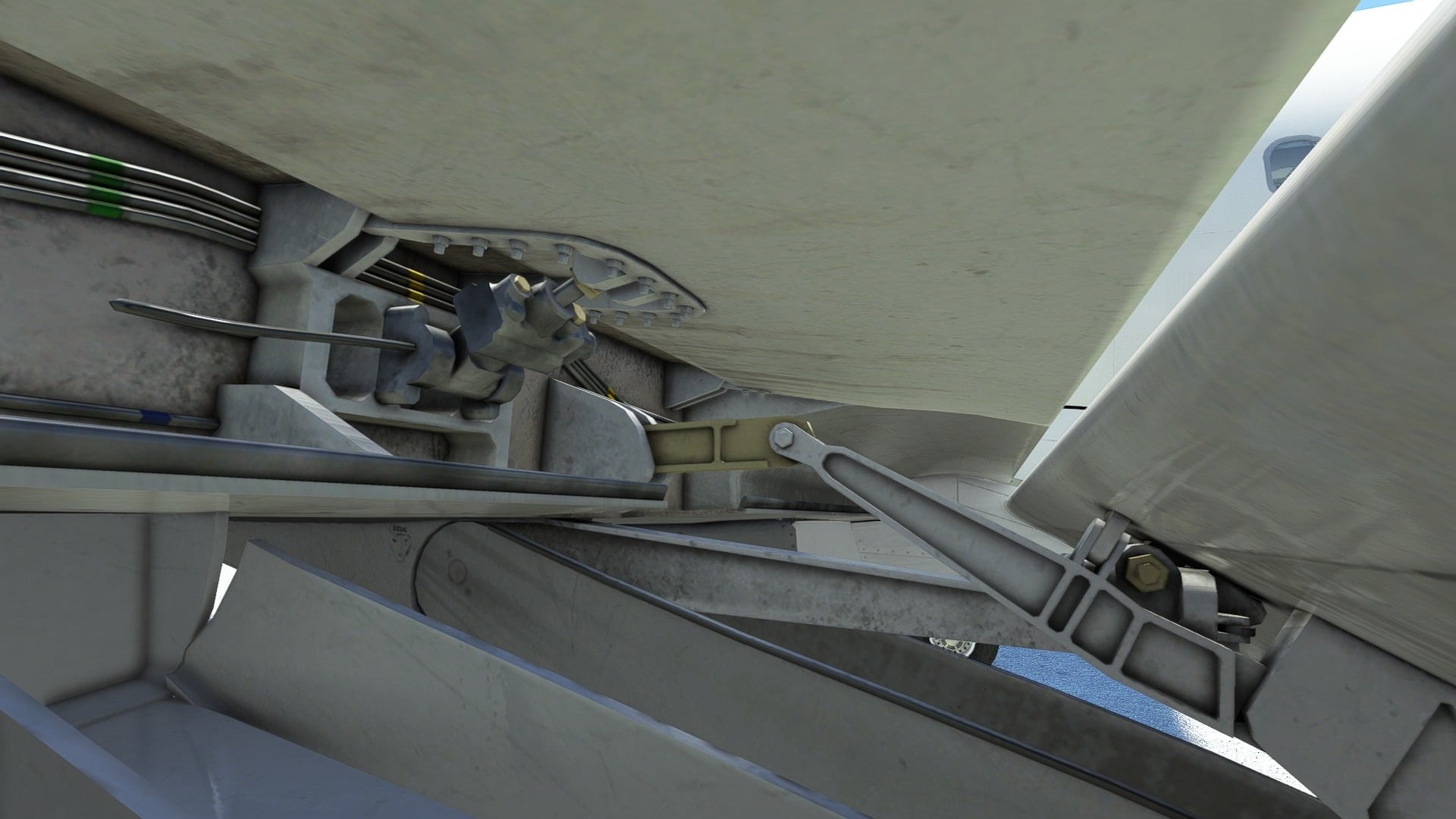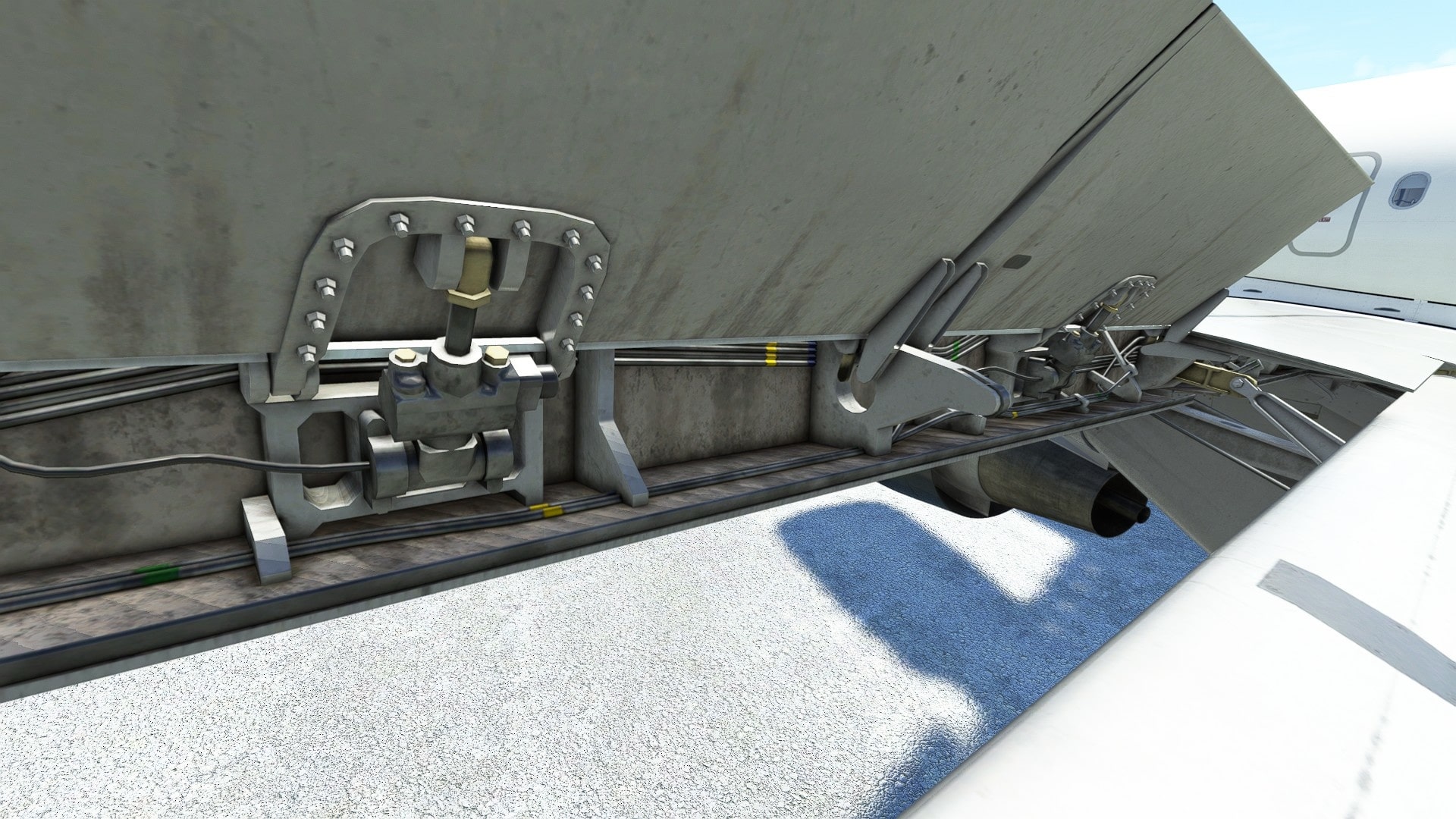Top Gun: Maverick, Halo and “real” planes: Flight Simulator’s wingspan is now limitless. But are the hardcore fans also satisfied?
Like hardly any other simulator of the last ten or fifteen years, Microsoft Flight Simulator reconciles the most diverse demands: Those who, like me, like to plan detailed visual flights with compass, plotter, pencil and paper map, get their money’s worth just as much as those who like perfectly executed instrument flights with one of the now available system-deep aircraft.
The Fenix Airbus A320, the PMDG Boeing 737 or the Leonardo “Maddog” McDonnell-Douglas MD-82 are just a few examples of new aircraft with great simulation depth. But even those who simply want to ‘play flying’ while lounging comfortably on the sofa have plenty of opportunity to do so in numerous discovery and wilderness flights.
The balancing act that Microsoft and developer Asobo are performing here is often criticised in traditional forums such as AVSIM with a predominantly older user base: Wouldn’t it make much more sense, instead of integrating a free Halo Pelican or Top Gun DLC and the stream of new World Updates, to rather improve core features of the simulation, such as the strange behaviour in gusty crosswinds or the missing possibility to integrate a weather radar?
Well, the good news is that Flight Simulator 2022 does indeed offer something extra for every type of player.
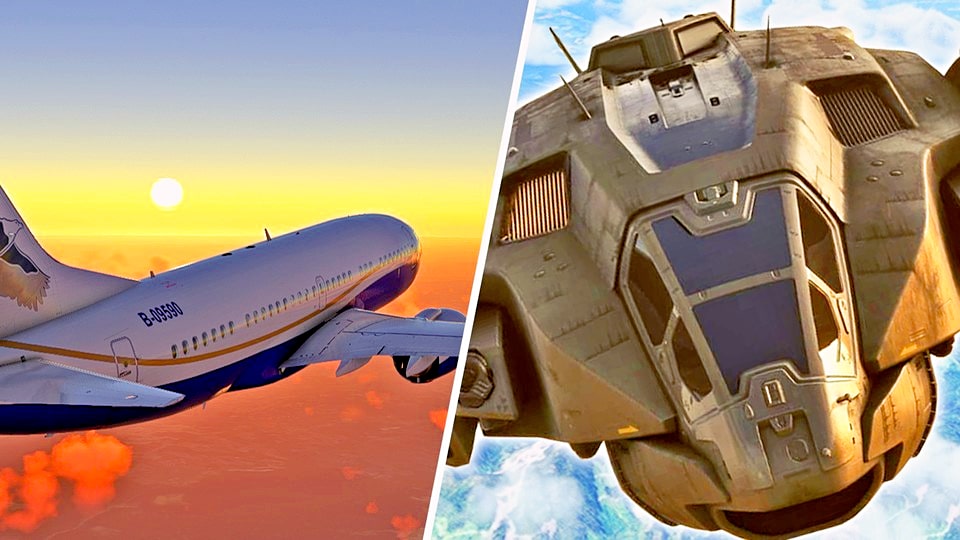
In this article by an expert and hobby pilot, you can find out what to make of the new planes, how complex the free DLCs for Halo and “Top Gun” really are – and which of the new “real” planes are worth spending money on.
Table of Contents
Top Gun: Maverick
I am truly not a fan of the lead actor in the “Top Gun” series (on the contrary, I so don’t buy Tom Cruise’s attempts to show human emotion). And watching war films with a rather under-complex story in this day and age also smacks of blandness. But I admit that I enjoyed the flying scenes in “Top Gun: Maverick. “
As I stumbled out of the cinema, a little giddy, I would have liked to sit right down at the flight simulator to reenact the key scenes – the take-off of the experimental plane, the canyon flights that are blazingly fast in the film, and a landing on an aircraft carrier.
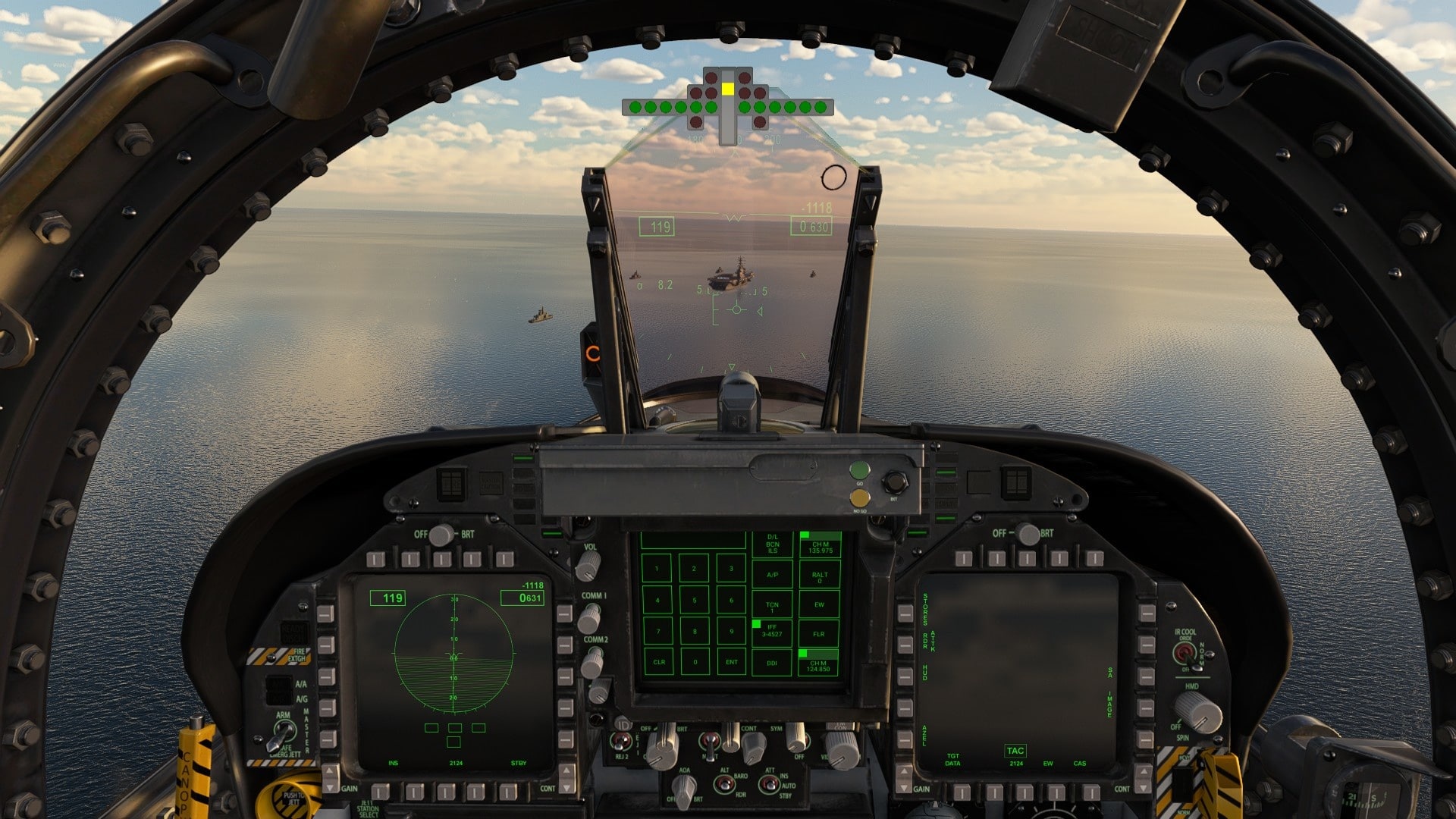
But I wasn’t back in my study until a week later and by then the air was a bit out. Viewed soberly, the Top Gun DLC is a nice gimmick, even with excerpts from the soundtrack, but as a simulation it can hardly inspire.
This is due, firstly, to the F/A-18 Super Hornet, already introduced in autumn 2021, which conveys little of the special features of such a fighter jet. Secondly, the disappointing carrier implementation: it is only used for exactly one landing challenge, no free take-offs and landings are possible.
And thirdly, the somehow sluggish canyon challenges, which remind me a lot of last year’s Reno Air Race add-on – in terms of concept (the canyons are basically race tracks where you compete against a ghost) and also in terms of the unfortunately very arcadian flight feeling.
The free DLC does have one small highlight to offer: the fictional “Darkstar”. This is an experimental aircraft shown in the film, whose design is based on Lockheed-Martin’s concept for the SR-72 unmanned hypersonic air vehicle.
The SR-72 is expected to one day reach Mach 6 (6,400 km/h). It is seen as the successor to the Mach 3.2 fast spy plane Lockheed SR-71 “Blackbird”, which you can try out in X-Plane, for example.
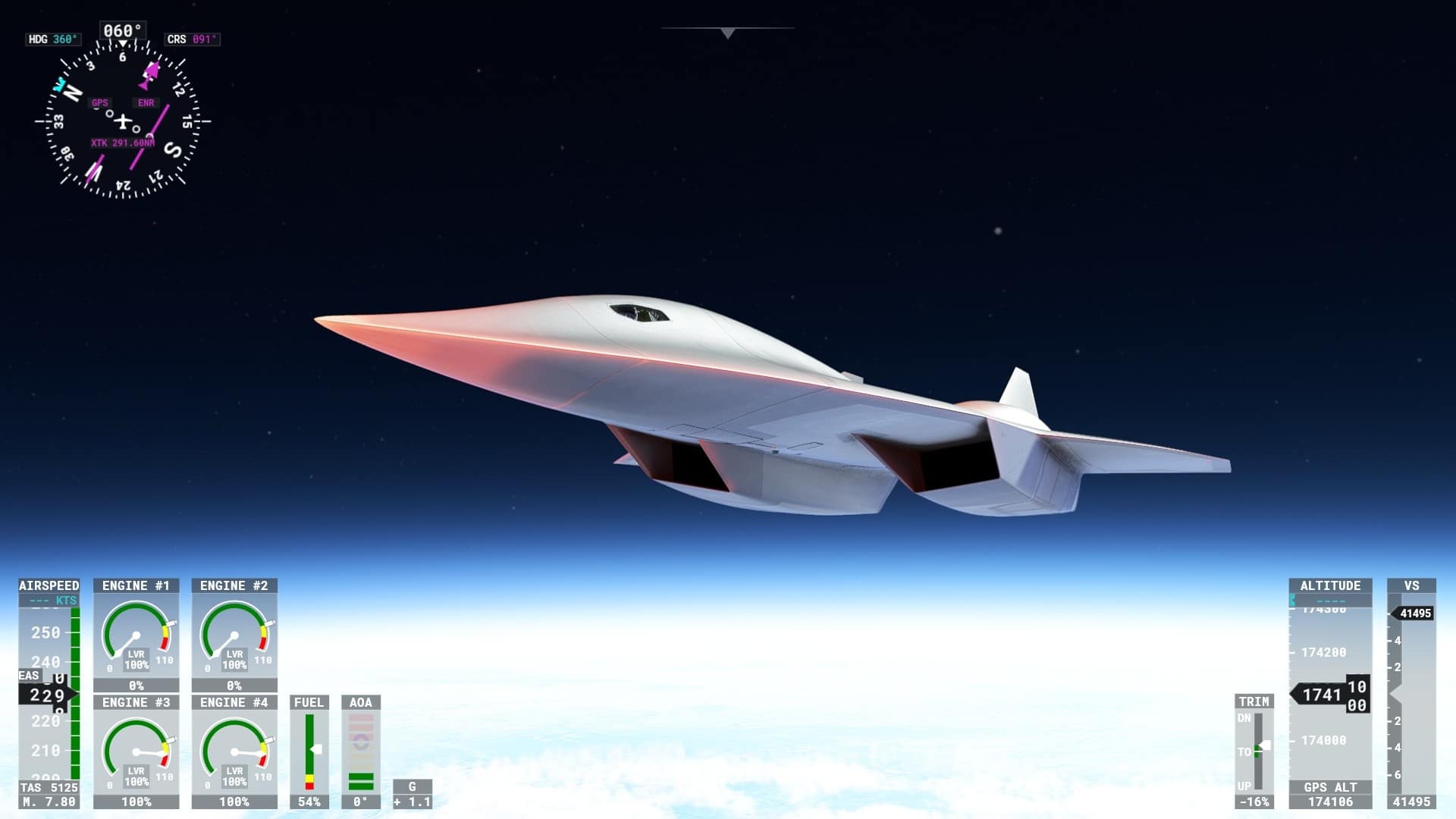
The Darkstar from Top Gun takes things up a notch with Mach 10 and is actually fun to fly. First reaching Mach 3 with the normal afterburner, then activating the scramjets to accelerate to 12,250 km/h and climb to 275,000 ft (83.8 km) creates an uplifting feeling.
The service ceiling of the “Darkstar” is not quite space by international standards, but it almost looks like it. It’s just a pity that it’s exactly 275,000 ft – there’s no variation up or down, and there you can see that this aircraft is just a cool toy after all, but not a simulation – as is so often the case with Microsoft’s/Asobo’s own models.
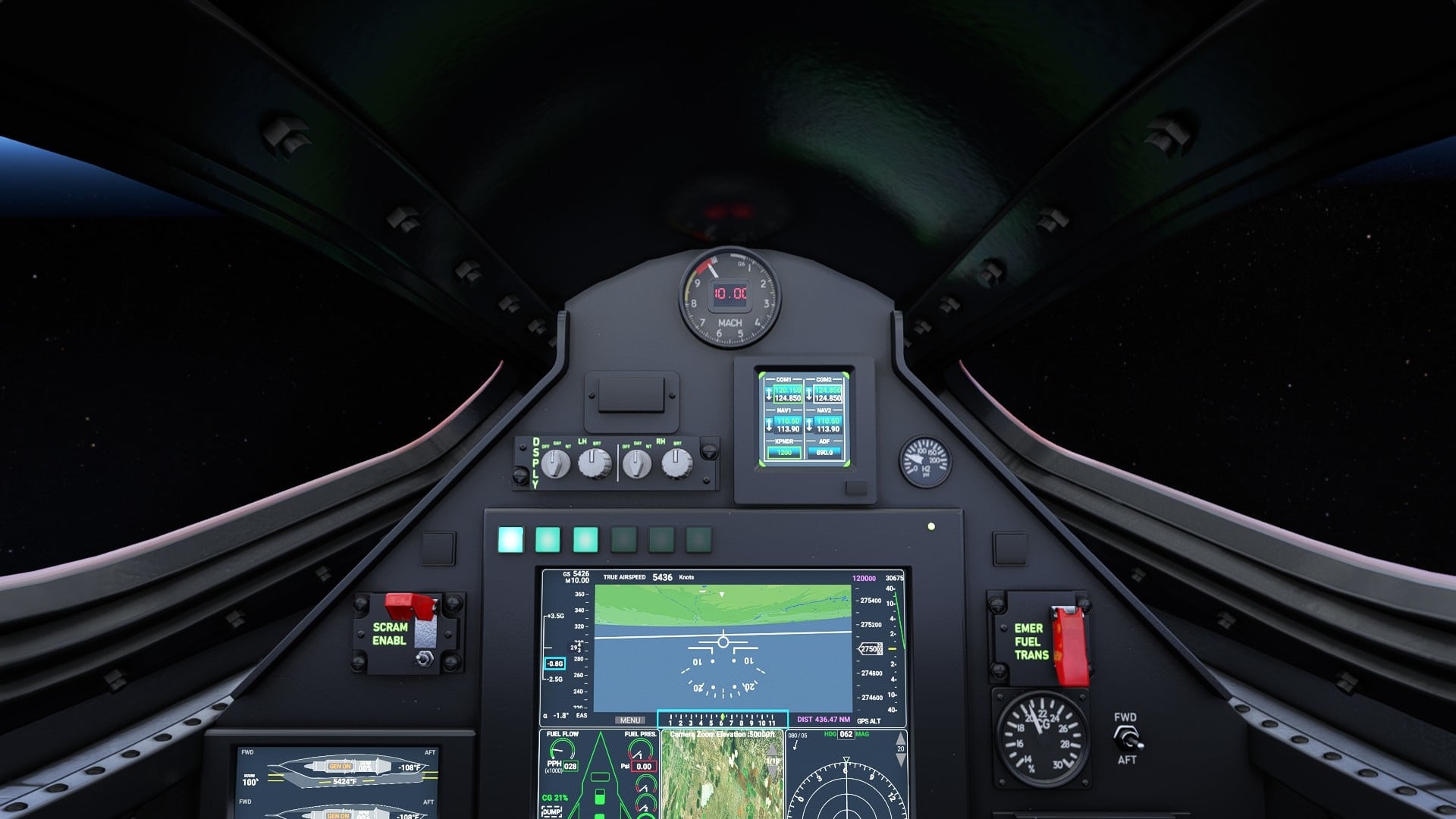
Halo Pelican
Taking things up a notch is another free DLC, the Misriah Armory D77-TC Pelican. This is a troop carrier that features in Microsoft’s Halo series. As a dropship it is used to drop soldiers – in Halo even from orbit, but you won’t get that high with the Flight Simulator Pelican. It looks to me like a kind of helicopter with jet engines, which is also due to the pilot’s right-hand seating position.
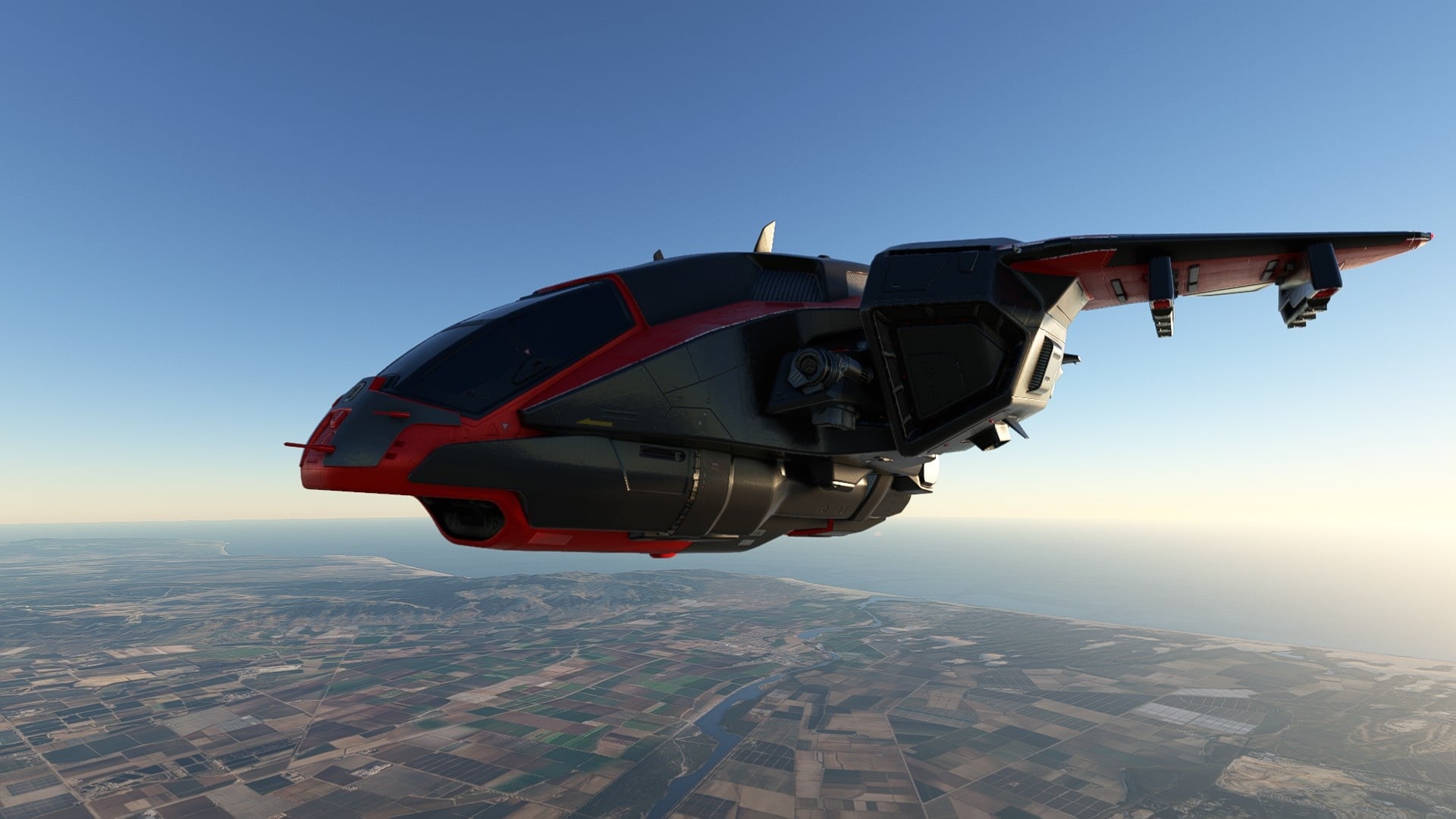
Flying-wise, the model has two modes that can be switched in flight. In drone mode, the Pelican flies like the Volocopter, which is also part of Flight Simulator; in jet mode, it flies like an aircraft. The ‘real’ Pelican can take off and land vertically; this is made possible in the simulation by the drone mode, which, however, does not convincingly reproduce the sluggishness of this aircraft, at least visually.
But well, the Pelican is free and ultimately a nice gimmick. And for realism there are – sometimes quite expensive – third-party add-ons anyway.
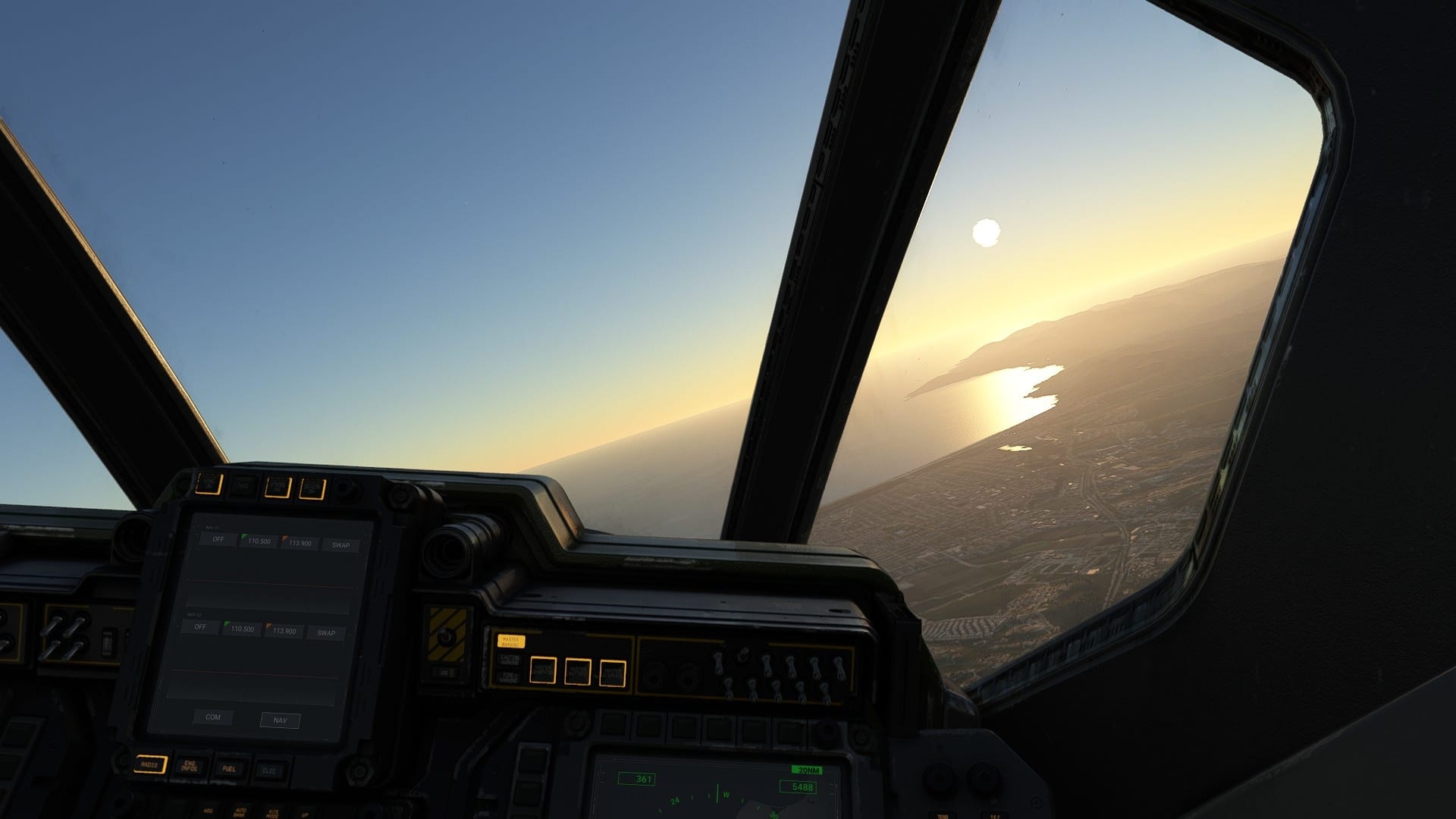
PMDG Boeing 737-700
One of those third party suppliers is PMDG. To have a look at their Boeing 737, I first took the Darkstar on a short trip from Rostock (Laage) to Renton near Seattle in the USA. The Boeing 737 is produced there. I took over a 737-700 in the business variant (BBJ, Boeing Business Jet). With it I went back to Munich to pick up the GlobalESPortNews – editorial staff …
You think I’m confusing reality and simulation? Maybe I am. But that happens really fast with PMDG’s products. Since Flight Simulator 2004, the models of the “Precision Manuals Development Group” have been considered the ultimate in airliner simulation. Even the smallest details of the real models have been implemented and simulated system failures can be dealt with using original checklists.
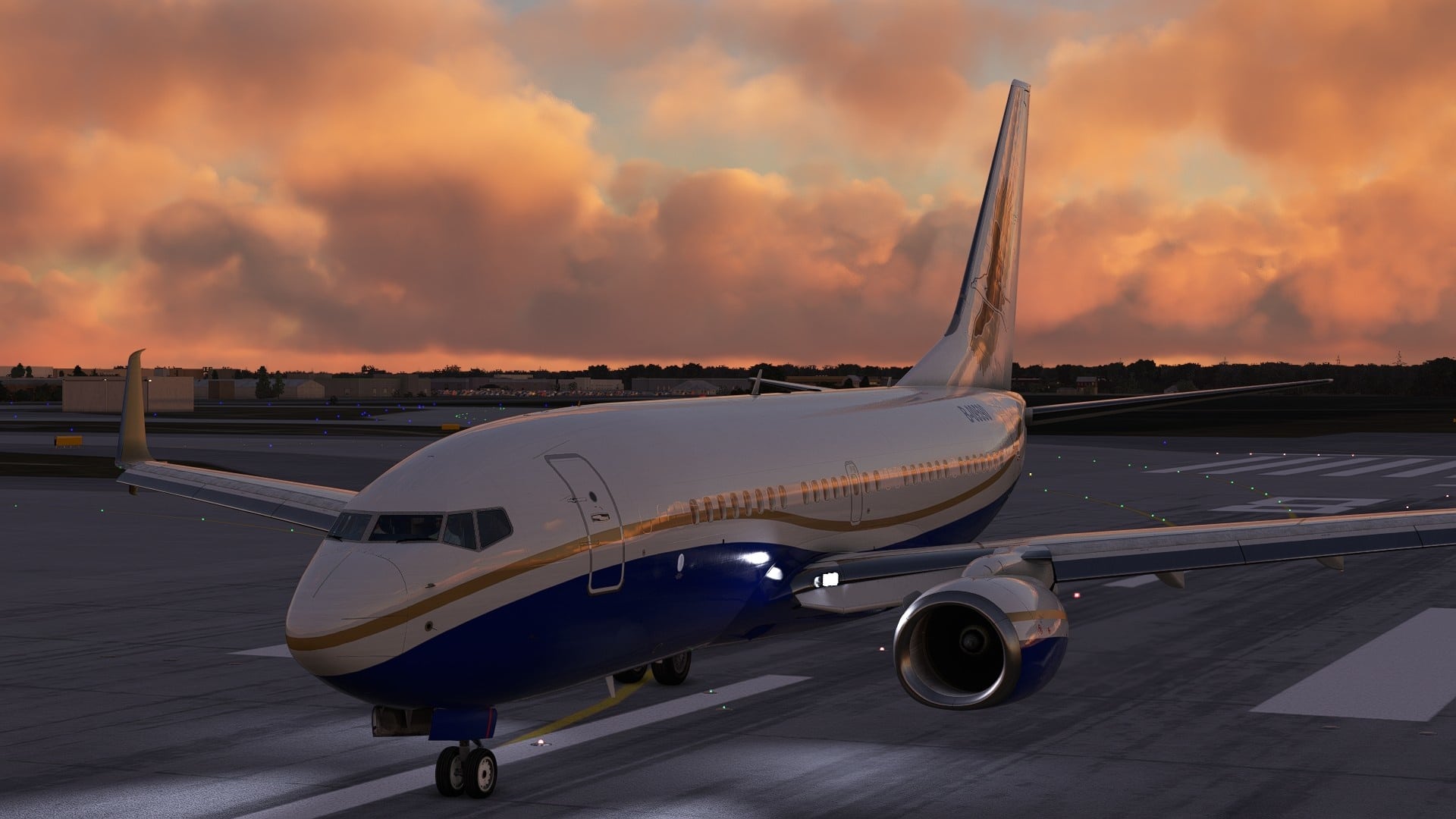
For Flight Simulator 2020, PMDG first released the propeller classic Douglas DC-6. Now, finally, the probably most famous PMDG product is also available. For currently slightly reduced 69.99 US dollars (approx. 66 Euros), the 737-700 is available together with a BBJ variant and a freighter (BDSF). Other variants are to follow at intervals of a few weeks – presumably at full price, although it is not yet entirely clear whether there will possibly be a discount for owners of a version.
Basically, with the PMDG 737-700 you get exactly what you expect from PMDG: a nice, reliable aircraft with which you can spend weeks until you have grasped all the details, but which is also suitable for the short “after-work flight”. Thanks to a good tutorial, it only hurts a little that, unlike in the past, no original Boeing manuals are included (a quick Google search helps…).
However, the aircraft was not received as enthusiastically in the community as it would have been in the past. Criticism has been directed at three points in particular.
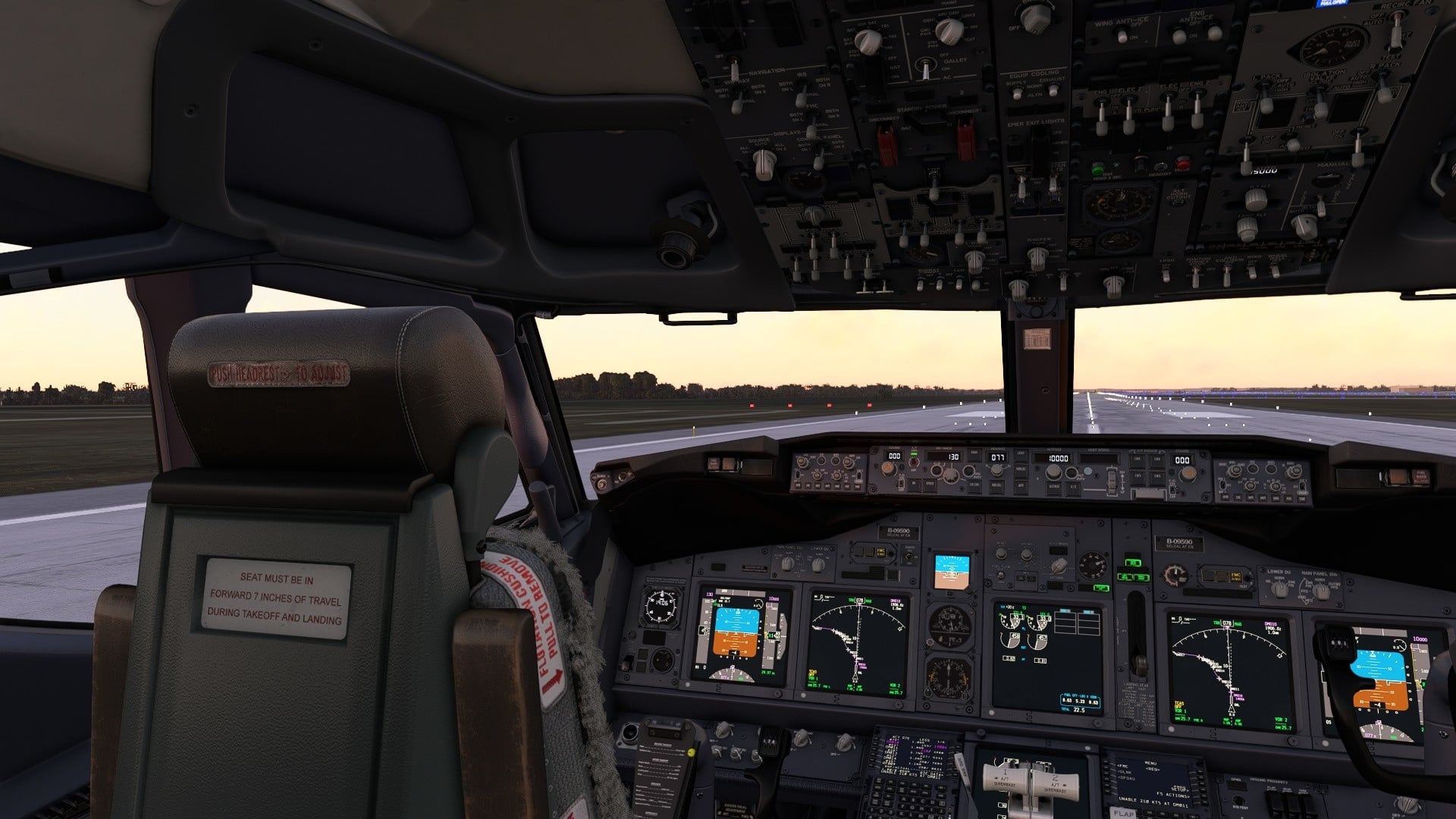
Criticism 1
First of all, PMDG is a rather conservative developer. Flight Simulator 2020 allows code to be adapted and carried over from previous versions. And that’s why PMDG’s latest aircraft also drags around some legacy code.
This becomes most obvious when you try to fly a so-called DME arc. This is an approach procedure at some airports. The DME is a radio navigation system for measuring distance; an instrument in the cockpit shows how far away you are from a particular DME. A DME arc is an arc planned as a radius around a DME. DME arc approach procedures require you to follow this arc as closely as possible. Real aircraft with GPS or flight management computers can do this. So can many simulated aircraft. But of all things, the highly praised PMDG airliners have weaknesses here.
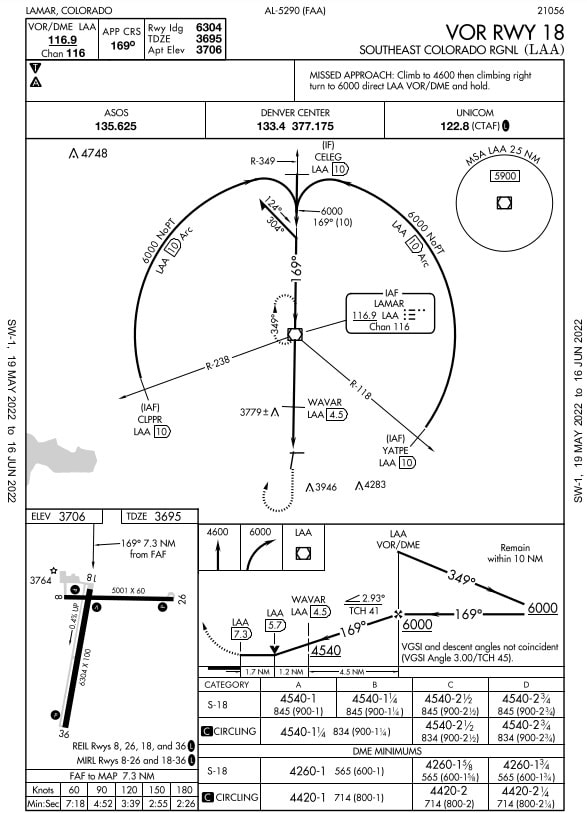
Instead of showing the arc continuously on the navigation display and flying it, it is broken down into small segments of straight lines with fictitious intermediate waypoints. Sure, you can get there that way – and if you fly a DME arc by hand, you actually do it similarly. But for a high-tech aircraft with a modern autopilot, it’s just wrong. The problem has existed for over ten years and it is still unclear when PMDG will finally complete version 2 of their LNAV (i.e. simulated lateral navigation system).
Critic 2
Secondly, the look is no longer up to date – which can be seen especially in comparison with the direct competitor, the Fenix Airbus A320 (which I will get to later). Just look at the Auxiliary Power Unit (APU), which sits at the rear end of the aircraft. While the APU in the Fenix A320 is fully modelled, the PMDG B737 shows only a washed-out hole in the same place.
Even the engine textures are not as sharp in the 737, and some of the mechanics of the flap system are only painted on. At least PMDG wants to improve the interior of the landing gear bay in an update in the near future.
Criticism 3
Thirdly, some quality-of-life features that one is used to nowadays are still missing. In particular, an Electronic Flight Bag (EFB) is missing. The EFB is basically a tablet with some flight-specific apps that contributes to a largely paperless flight deck (that’s passenger aircraft-speak for “cockpit”).
An EFB displays navigation charts, helps plan aircraft performance in the various phases of flight and is also used in the simulation to set some features (for example, request ground services to load passengers and cargo or import briefing packages with flight plan and performance planning created in external services such as SimBrief). Precisely because the Fenix A320 (but also the free Zibo 737 for X-Plane) have very good EFBs, PMDG’s first MSFS-2020 Boeing seems a bit old-fashioned.
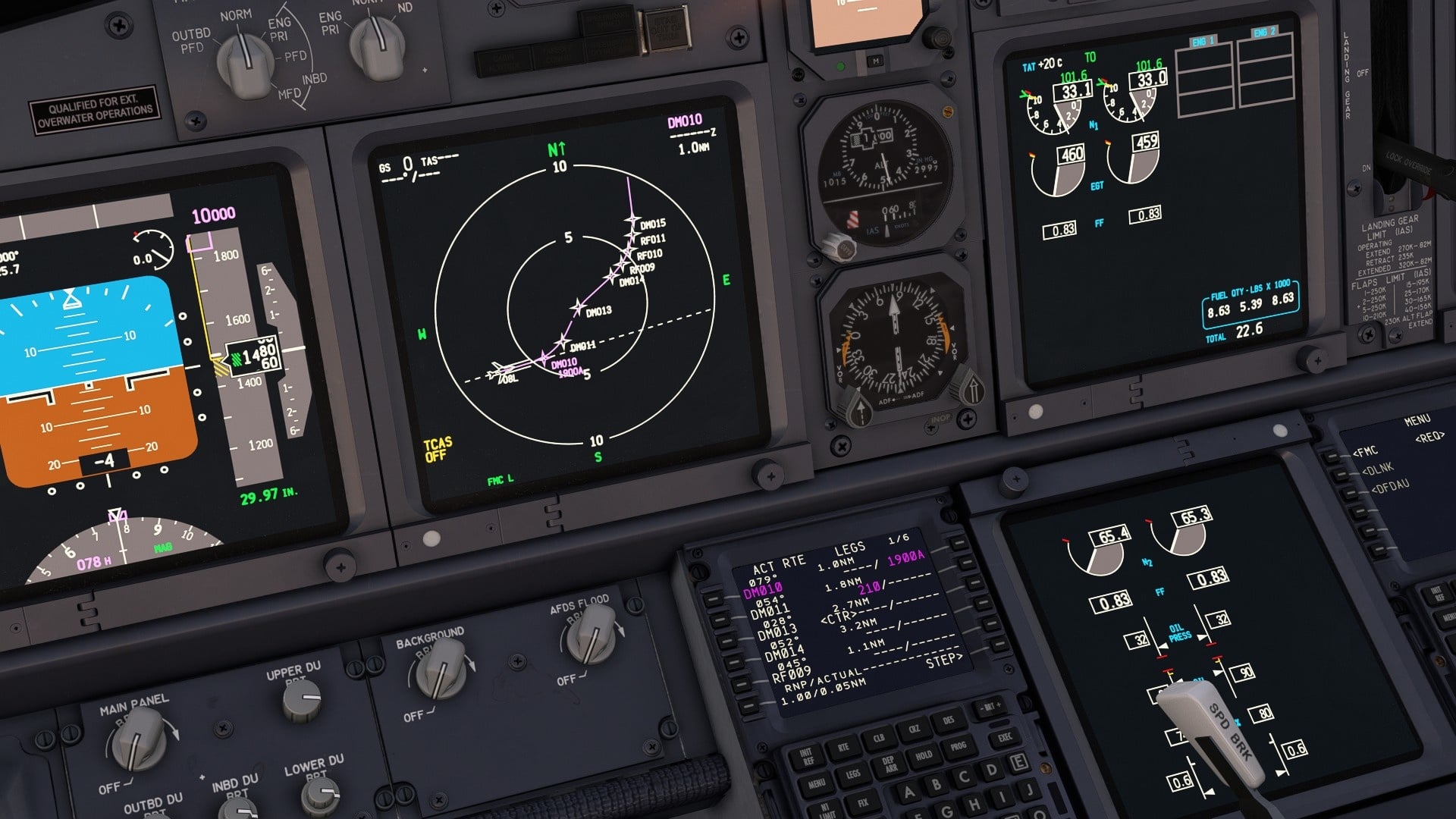
However: All these criticisms are complaining at a high level. They do not change the fact that the PMDG 737 is nevertheless a good add-on with numerous features and configuration options. The latter are – actually very plausibly – set in the flight management computer. If I had to give a rating for the product, it would currently be around 85 out of 100 points; with updates it could well reach 90.
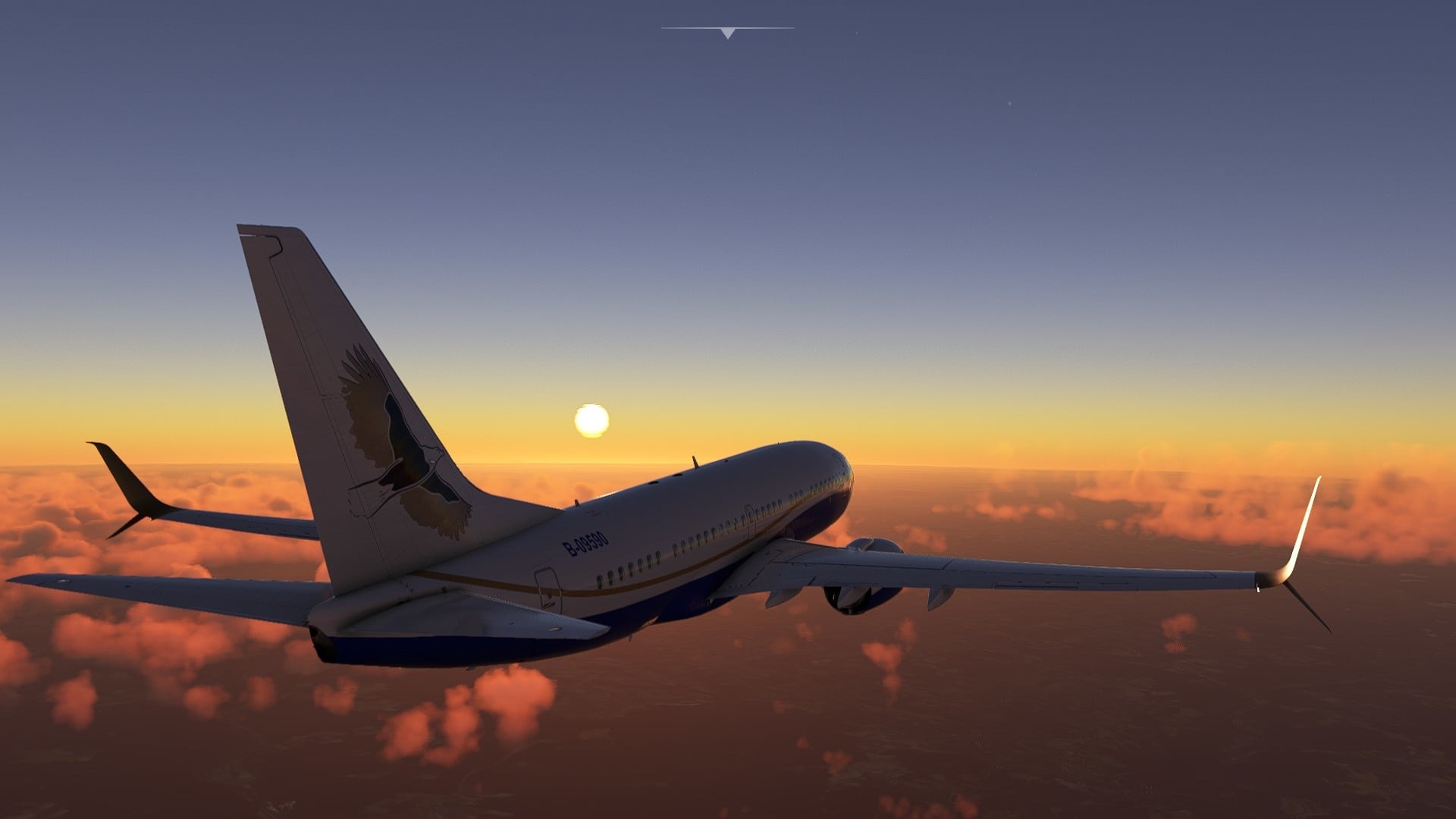
Fenix Airbus A320
By the way, even the Fenix A320 I mentioned wouldn’t quite reach the 90 rating, and I’m almost completely thrilled with it. It is available from the manufacturer for 49.99 British Pounds (approx. 58 Euros) and one can honestly say that this A320 leaves all other Airbus models ever simulated for home use behind – no matter whether their manufacturers are called FSLabs, Toliss, FlightFactor, Aerosoft or JARdesign (the free FlyByWire A320 runs outside the competition).
I don’t have room for a real review, but the Fenix A320 feels like a real aircraft in daily airline service in everything. Whether it’s cockpit textures and animations, the exterior model with the many included paint schemes, the sounds or the detailed simulated system and flight behaviour: The Fenix A320 is a truly atmospheric and system-deep aircraft. However, the fuel consumption is currently a bit too high, which must be taken into account when planning longer flights. That the font on the cockpit displays does not quite match reality I only know because I have read it elsewhere.
Speaking of displays, like the rest of the systems, the cockpit displays are based on the ProSim A320. This is the simulative core of the whole model. That’s why some people accuse Fenix of gaining an unfair advantage over the competition… but pay2win also exists in the real economy. In any case, the core of the simulation needs sufficient performance so that it doesn’t jerk during the landing approach even with complex airports and ‘a lot of weather’.
I was therefore initially sceptical as to whether my lame PC built in 2016 would be able to cope at all, despite the modest 1920×1080. I can only say: I was lucky. The externally running Fenix app not only allows you to adjust the display quality of the displays, but you can also choose whether you want the displays to be rendered by your processor (CPU), your graphics card (GPU) or by an additional graphics unit integrated into the CPU.
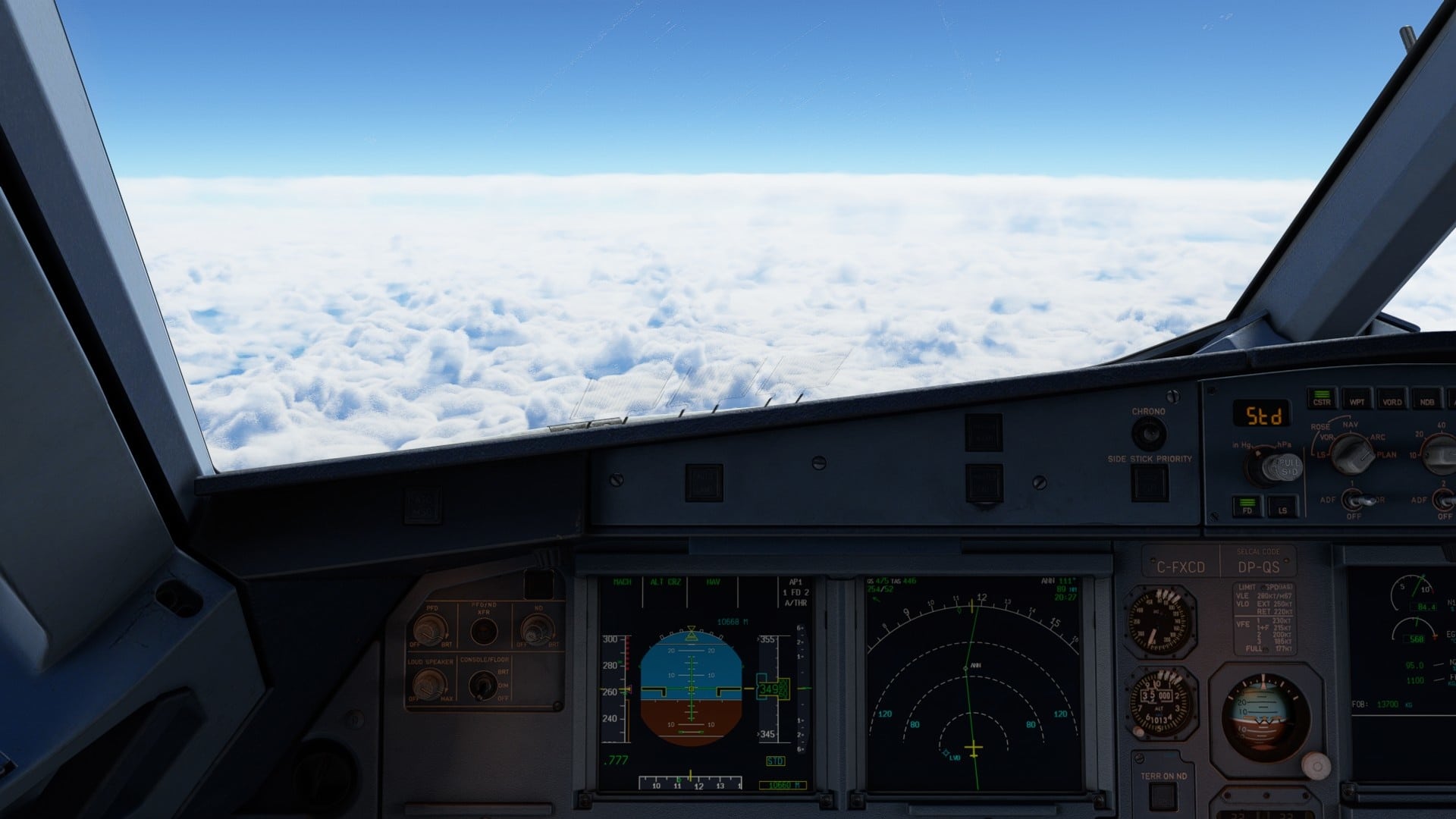
Hmm, two graphics chips? Gosh, I get a great idea for an article during the editorial meeting in the business jet! I excitedly rush to the bar and shout: “GlobaESportNews – Readers love this headline: Fenix A320 is so complex it needs two graphics cards at once!”
All eyes are on me and I grin a little madly. Anticipating thousands of clicks, I grab the champagne bottle and am about to pour myself a glass when I see Peter Bathge’s face. He doesn’t have to say anything – one look is enough. A strange beeping sounds from the cockpit, but the silence in the room is cutting and everyone is eagerly awaiting what is to come. Slowly I put the bottle back. With a silent movement of his head, Peter directs me back to the cockpit.
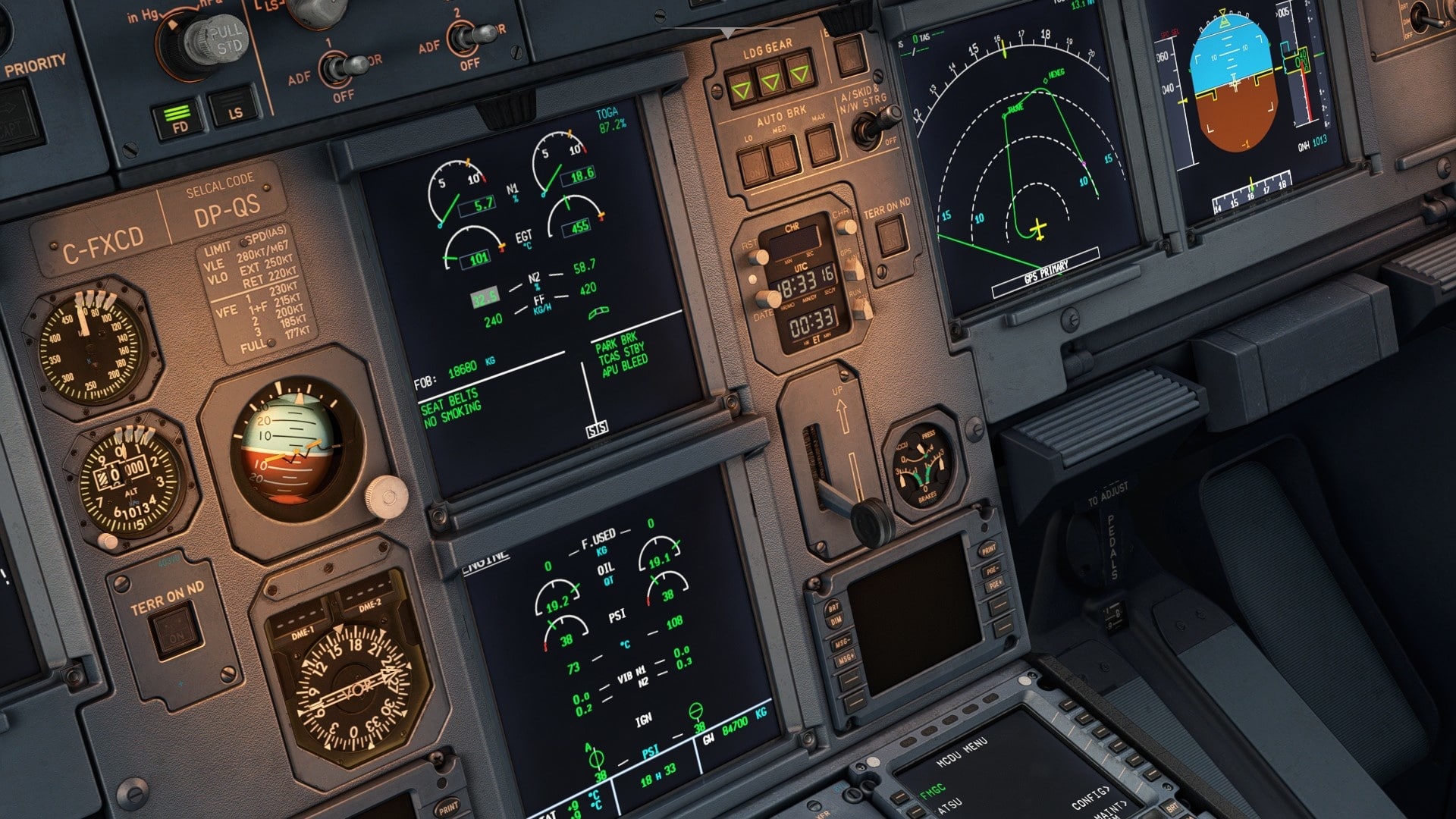
Ah, sorry, I’m digressing into unreality again. However, it actually helps weaker systems to delegate the rendering of the displays to the internal Intel graphics chip. The CPU and GPU can be relieved in this way. If you have an Intel processor whose name does not end with F, you have such a graphics unit. Sometimes it must first be activated in the BIOS or UEFI, and drivers may also be necessary, but this is quickly done.
As soon as the A320 runs smoothly, it is a lot of fun. If something goes wrong during the flight, it is most likely due to incorrect operation, which can occur due to acquired incorrect or incomplete knowledge from other Airbus simulations, for example.
My biggest criticism is that, unlike the PMDG 737, no proper documentation is included. But you can’t learn an Airbus completely by watching streams and YouTube videos, an FCOM (Flight Crew Operations Manual) is mandatory. Fortunately, Google helps here too.
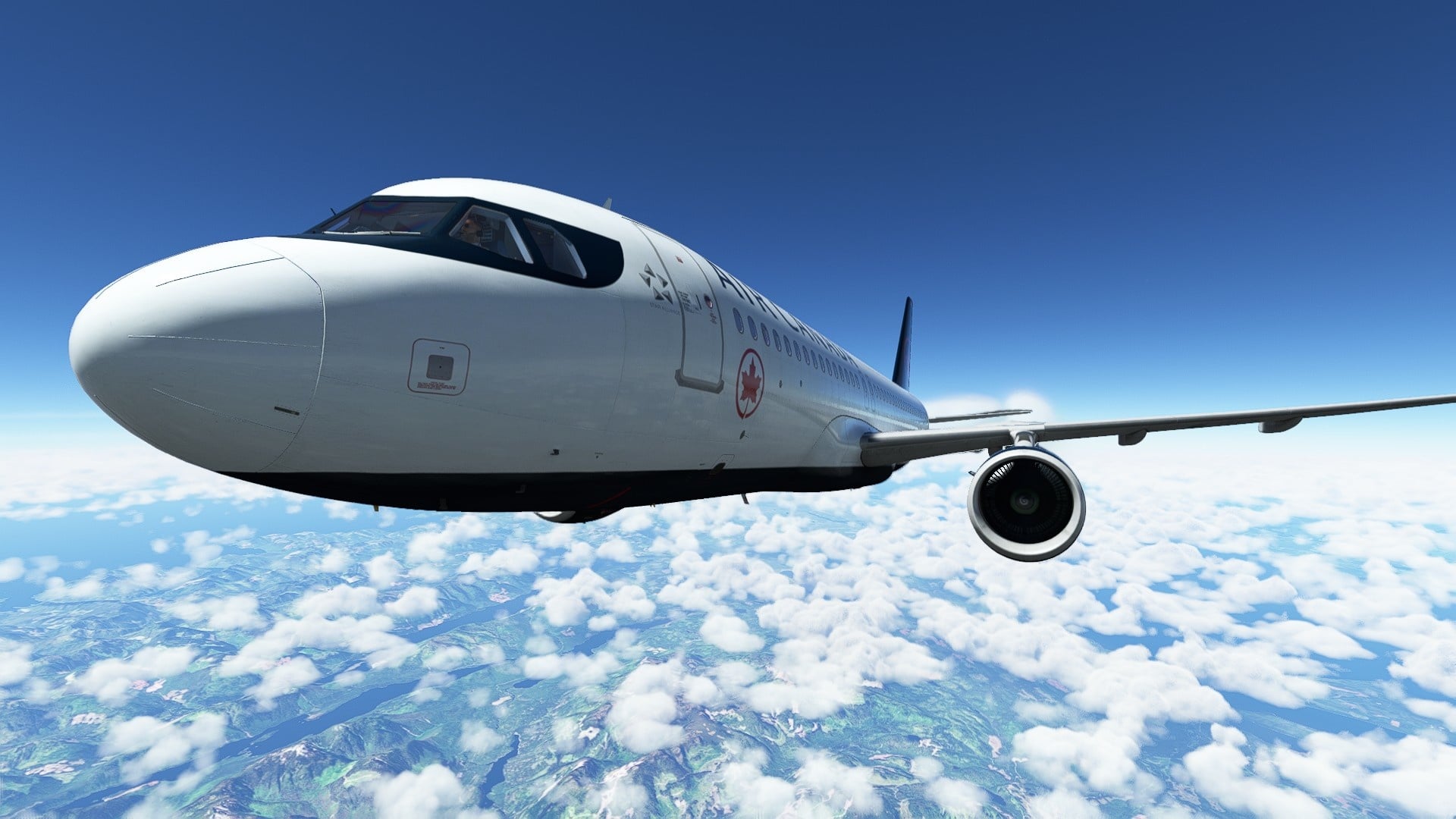
The year of the “real” planes
This was just a small insight into the current state of Flight Simulator 2020, which will already be two years old in August. The reason why I didn’t mention the Leonardo Maddog MD-82 mentioned at the beginning of this article, nor the BAe 146 from JustFlight called “Jumbolino”, nor the ever increasing number of smaller aircraft that are deeper into the system, is simply because I can neither spend all my money on aircraft add-ons nor learn all these complex models on the side.
But one thing is clear: It took a while and Flight Simulator 2020 is still not perfect – but the “real” aircraft are now here and show that Flight Simulator 2020 is quite capable of real simulation. Even if Microsoft and Asobo bake smaller rolls themselves and address a completely different user group with DLCs like Top Gun and Halo-Pelican. But who knows, whoever catches fire with low-threshold offers first, might be sitting in the captain’s chair themselves in PMDG, Fenix & Co.
a year later.

